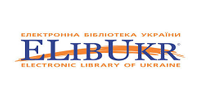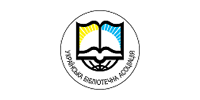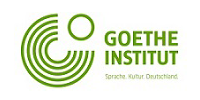Hi Friends!
My name is Natalia.
I work as the deputy director of the library. Immediately after graduating from university, I started working at SumDU, and it became my second home for more than 20 years.
The sad date of February 24, 2022 divided my life into BEFORE and AFTER....
By the will of fate, my family and I had to leave my hometown of Sumy and seek temporary shelter away from home.
With the help of Red Cross volunteers, I found myself in Upper Austria (Walding, near Linz).
I now live with a friendly family of Peter and Gabi Zelinger, who run a family-run waste recycling business in the region.
I am currently working remotely.
As a rule, performing one's duties remotely requires more responsibility and takes much more time and effort. But... Today about something else...
As a true librarian, I have always been interested in "spying" on the life and work of other libraries, including foreign ones.
Moreover, 9 years later, I had the opportunity to personally get acquainted with the experience of American libraries.
Therefore, I have something to compare myself, us and our library with others.
I VISITED THE LIBRARY OF JOHANNES KEPLER UNIVERSITY OF LINZ
It was the uniquely horrible situation we found ourselves in that allowed me to take this opportunity.
I booked the tour online on the library's website. I was immediately contacted by Berit Breiner, an e-resource specialist, who later personally introduced me to the University's main library.
The University of Linz has a long history. The origins of the institution date back to the 16th century.
Currently, about 20,000 students study at the university, every 9th is a foreigner.
The campus is huge, located in a picturesque park in the city of Linz.
The mountainous terrain and the aroma of pine needles give it a special charm.
The building of the main library is the same age as our central library. Located in the heart of the campus.
It is very user-friendly and beneficial for the library itself.
The sun's rays penetrate the room throughout the day and make it bright, comfortable and attractive.
Library branches are territorially close to the buildings of facultie /institutes and their users.
The main library has a 24/7 study area. According to Berit, this area is popular with students, especially during sessions.
With the financial support of the university, cooperation with other universities and state support, the library organizes access to about 100 international information databases. And this is what I am madly jealous of students, teachers and scientists for this opportunity.
Remote access to e-resources is organized through the Shibboleth single authorization system.
The university community uses only corporate e-mail boxes, which provides identification of the user of the institution and in itself is the rule of good tone of academic communication.
AUTOMATED LIBRARY-INFORMATION SYSTEM of a nationally funded, state-funded library is part of the common unified network of Austrian academic libraries and is maintained centrally. ALIS library integrates with subscribed resources and allows a single search for both subscribed databases and their own collections. I am happy for my colleagues and I miss the Ukrainian situation in this direction.
Linz University has its own REPOSITORY. Here, our colleagues are not equal. Their collection includes about 6 thousand documents (in our repository more than 85 thousand academic texts). In the last February 2022 version of the Transparent Ranking Webometrics ranking, the University of Linz repository ranked 916th, and we ranked 45th out of 3,885 repositories worldwide.
The library has 1.25 million copies.
Users of the University of Linz, like our users, order books online and use the e-book collection remotely for authorization. Of course, the range of online services each library chooses and organizes according to the requests of its own users.
BUT ... IN THE ARSENAL OF OUR LIBRARY, MUCH MORE ONLINE SERVICES FOR USERS.
The physical spaces of the library are actively used for teaching, learning, various cultural and educational activities.
On the second floor of the main library there is a training center - a whole common space around the building, adapted for individual and group work. The space is zoned only by transparent glass walls, which provide sound insulation. All are together, in the same room, but, meanwhile, alone and do not interfere with each other. The center is equipped with comfortable furniture and made in restrained colors. Nothing superfluous that distracts from learning.
Of course, the library also has problems. And there are enough of them ... Berit told me about them behind the scenes...
I will finish my story and say goodbye.
P.S. Dear friends, let me give you advice: learn foreign languages, study honestly and expand your horizons.
These knowledge and skills, indeed, sometimes save lives!





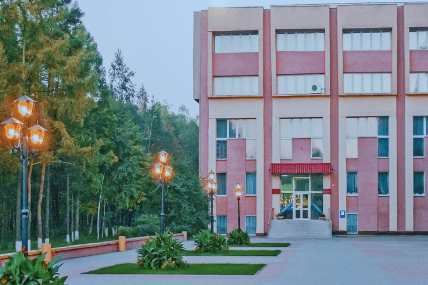

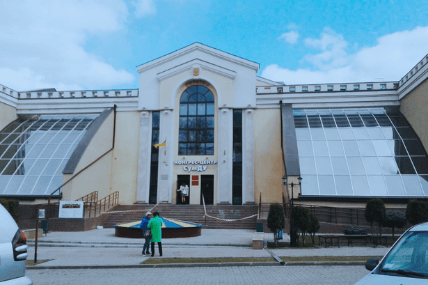
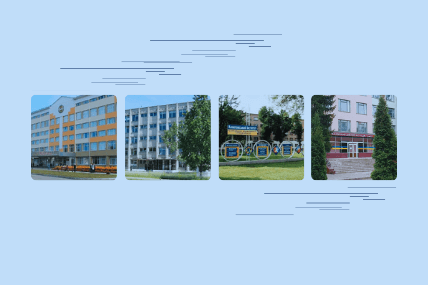
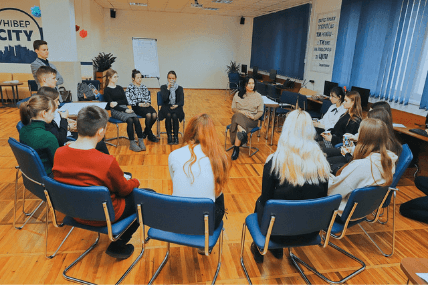
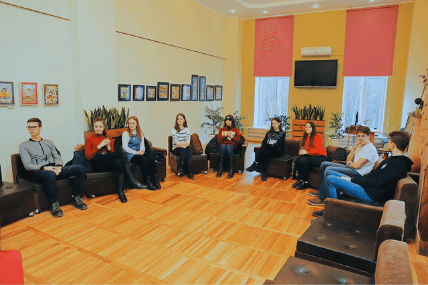
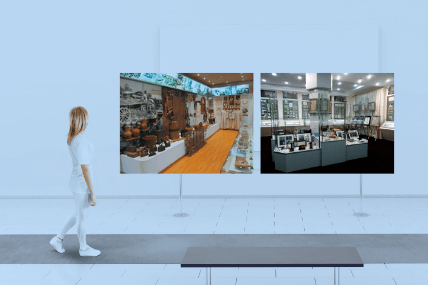




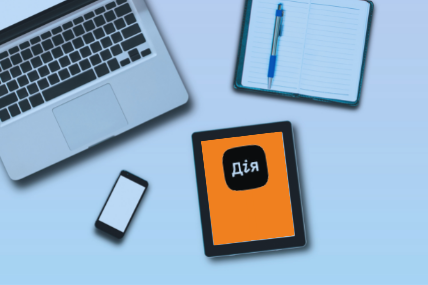

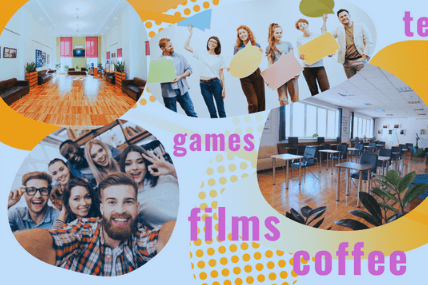
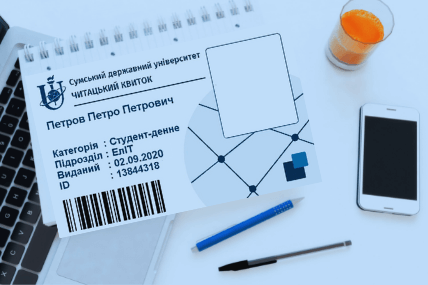





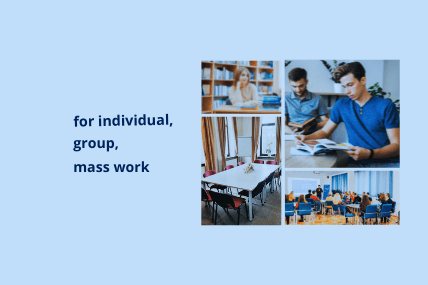











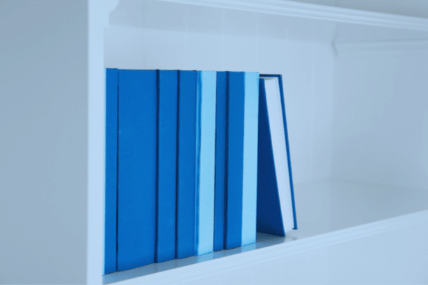



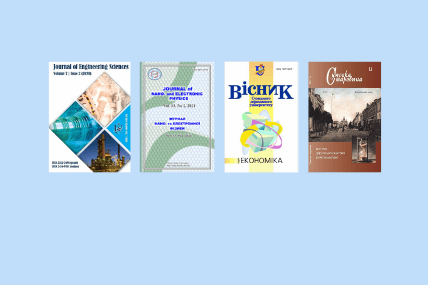
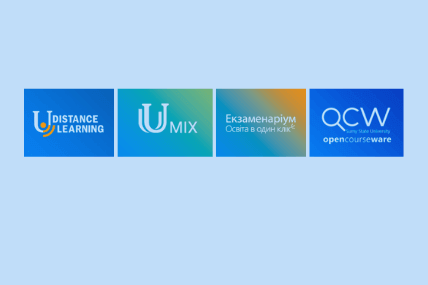



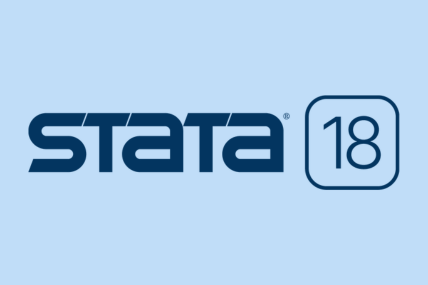

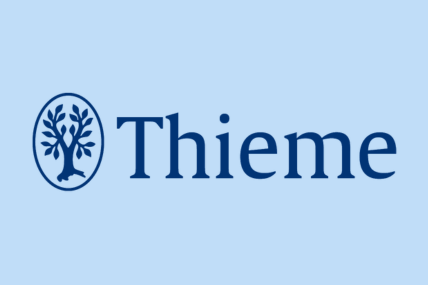




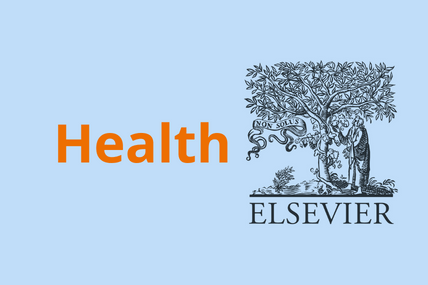



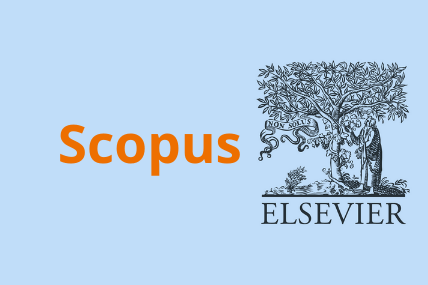
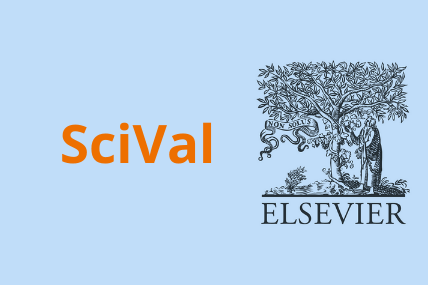















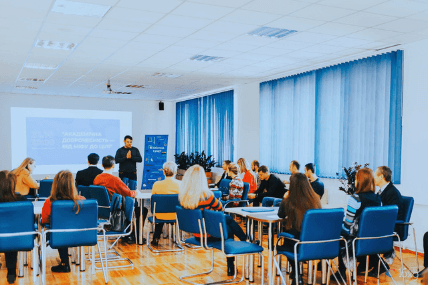
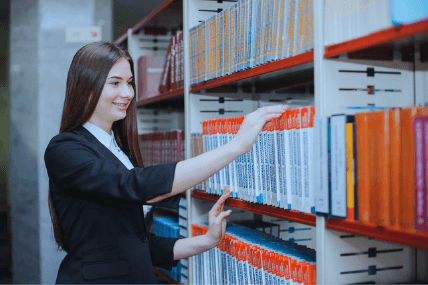
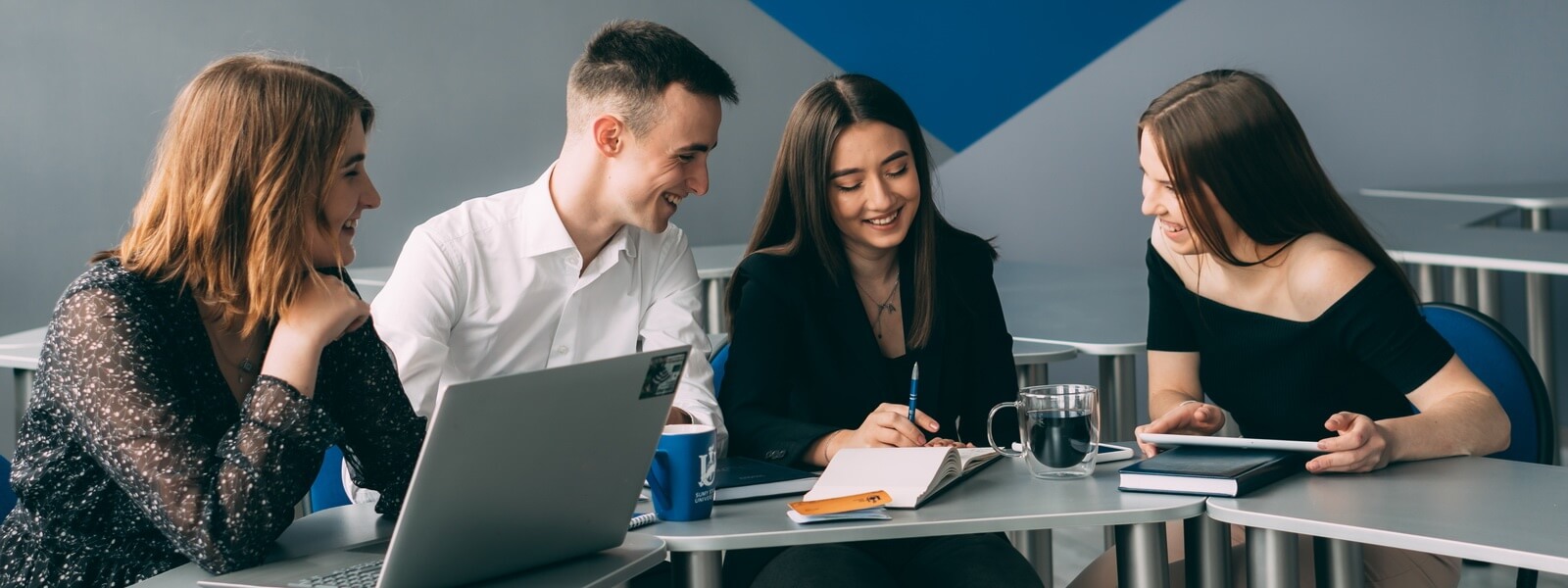













 eng
eng  укр
укр 


